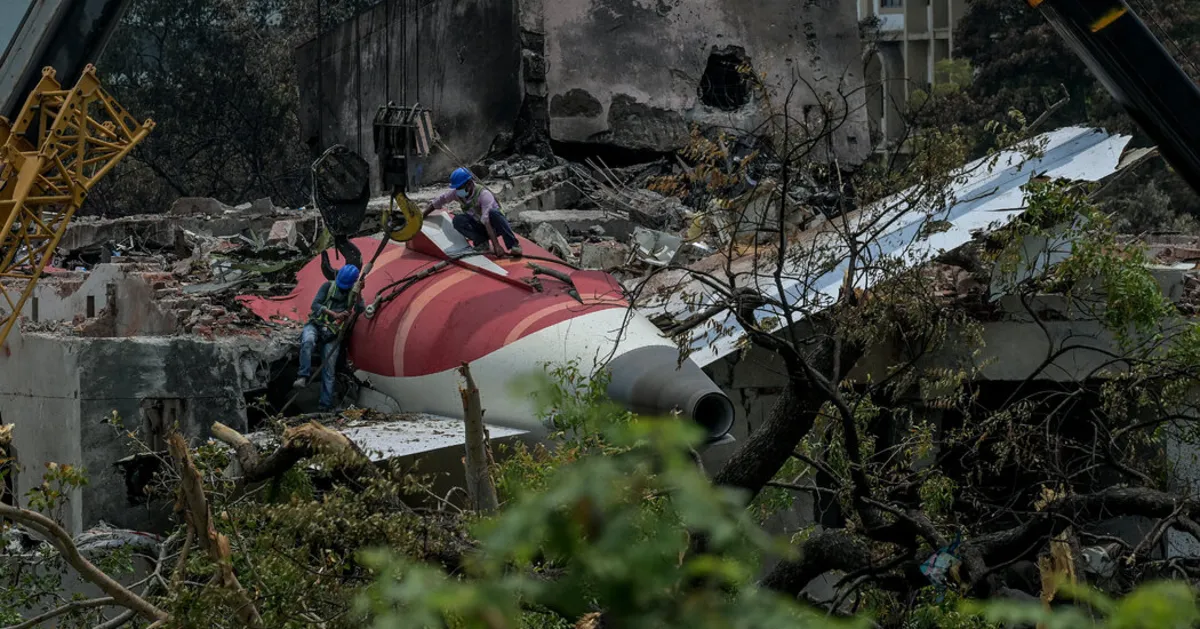
In a shocking revelation from the early investigation into the tragic crash of Air India Flight 171, officials reported that just seconds after takeoff, both engines of the Boeing 787 Dreamliner lost fuel supply. This preliminary assessment, based on data retrieved from the aircraft’s voice and data recorder, has raised significant questions about the actions taken by the pilots during the critical moments before the incident.
The catastrophic event occurred on June 12, shortly after takeoff from Sardar Vallabhbhai Patel International Airport in Ahmedabad, India. The London-bound flight, which was carrying 242 passengers and crew members, plummeted approximately 30 seconds post-departure. In a devastating turn of events, the aircraft crashed into a medical college's dining hall, resulting in a massive explosion that claimed the lives of nearly all aboard and dozens on the ground. This incident marks India’s most deadly aviation disaster since 1996, with total casualties exceeding 270.
The Aircraft Accident Investigation Bureau of India has made it clear that their focus has shifted towards the fuel switches located in the cockpit. According to the report, there were “no recommended actions” for either Boeing or General Electric, the manufacturers of the aircraft and its engines, respectively. This indicates that the crash is not attributed to mechanical failures or design flaws, but rather to the actions taken by the flight crew.
"In the cockpit voice recording, one of the pilots is heard questioning the other about the decision to cut off the fuel supply," the report detailed. The response from the second pilot was alarming, stating that he did not execute such a command. This exchange suggests a critical miscommunication in the cockpit, further complicating the investigation into the crash's causes.
The investigation delves deeper into the mechanics of the aircraft, particularly the fuel supply system, which is controlled by two switches in the flight deck. Remarkably, around ten seconds after the fuel was cut off on Flight 171, the data recorder indicated that attempts were made to restore the fuel supply. Unfortunately, the aircraft was unable to regain power swiftly enough to halt its rapid descent, leading to the tragic outcome.
The ongoing investigation into the Air India Flight 171 disaster underscores the importance of cockpit communication and decision-making during critical flight phases. As authorities continue to analyze the data and cockpit recordings, the aviation community is left grappling with the lessons that must be learned from this devastating accident. With the lives of many affected, both aboard the flight and on the ground, it remains crucial to ensure that such a tragedy does not repeat in the future.